Growing olives in California
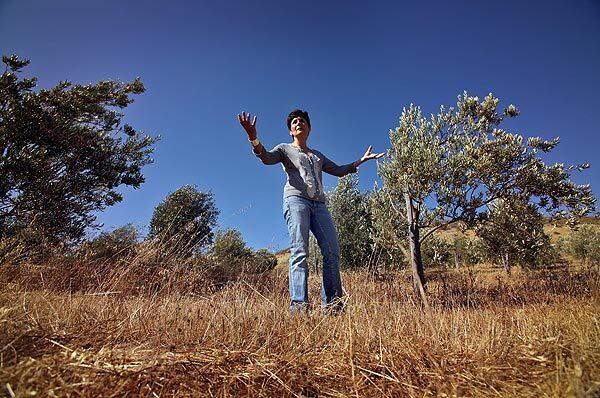
Antoinette Addison on the 25-acre olive orchard in the Santa Ynez Valley that she owns with her husband, Shawn. They first planted olive trees in 2000 and dreamed of becoming a high-end producer of artisanal oils. (Al Seib / Los Angeles Times)
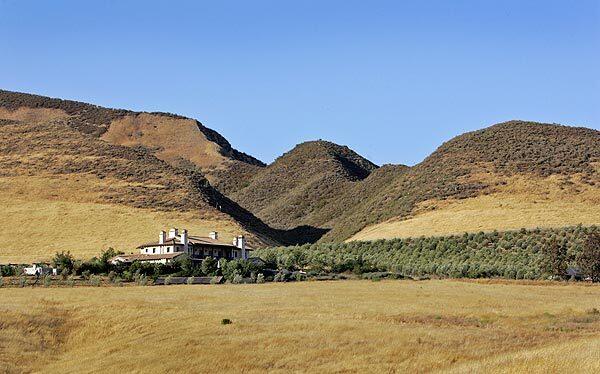
The Addison orchard, known as Figueroa Farms, has about 4,500 olive trees and a state-of-the-art mill. They offer milling services to other olive growers. (Al Seib / Los Angeles Times)
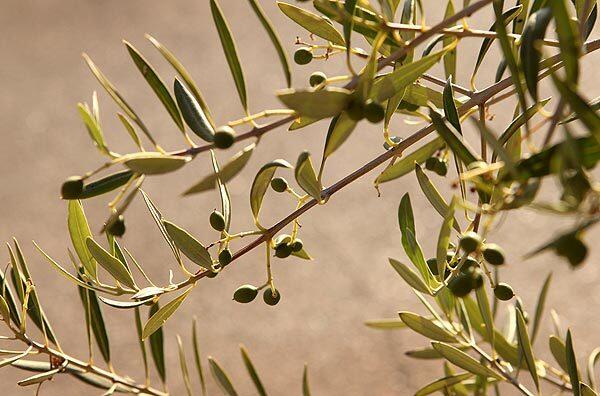
Young olives on a tree at Figueroa Farms. California dominates the domestic olive oil industry, producing 850,000 gallons of worth about $17 million during the 2009-10 season. (Al Seib / Los Angeles Times)
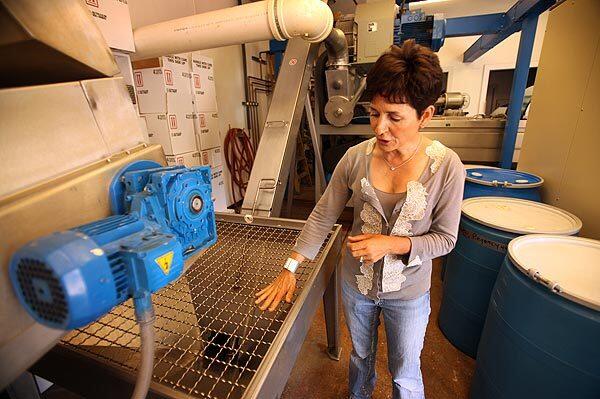
Antoinette Addison shows her farm’s state-of-the-art olive mill. Competition from rivals that use unsavory practices has become a significant problem for the Addisons and other artisan olive oil producers. (Al Seib / Los Angeles Times)
Advertisement
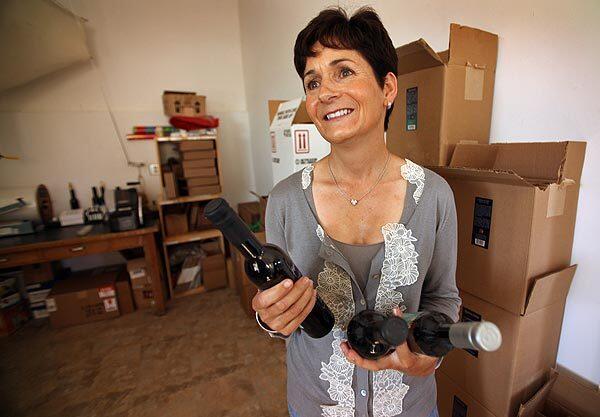
Antoinette Addison holds some of the varieties of olive oil that she and her husband, Shawn, produce. The U.S. Department of Agriculture plans to roll out new standards for olive oil in the fall. They will help ensure that consumers who buy “100% extra virgin” olive oil get what they pay for. (Al Seib / Los Angeles Times)
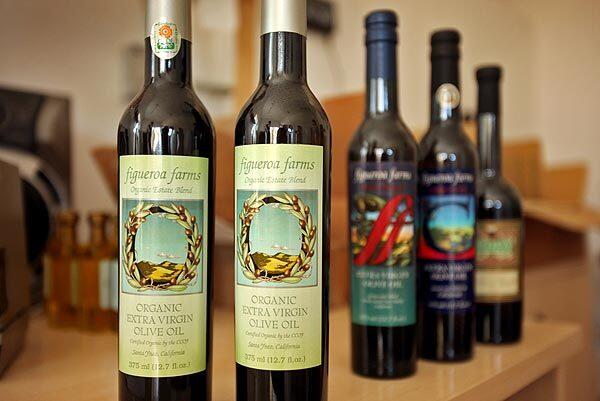
A bottle of extra virgin olive oil from Figueroa Farms sells for $16.95. The lack of U.S. rules for the product enables some producers to sell theirs for $9.99 or less. (Al Seib / Los Angeles Times)
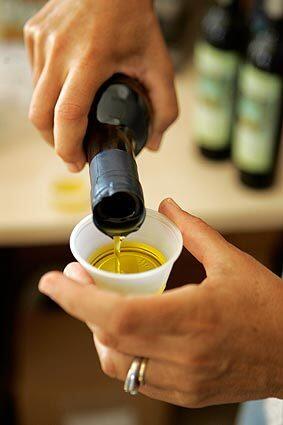
When Antoinette Addison met with grocers and food retailers, she sensed trouble. ¡§A lot of the stores didn¡¦t care what was in the bottles,¡¨ she said. ¡§All they cared about was the fact that the label said ¡¥extra virgin.¡¦|¡¨ (Al Seib / Los Angeles Times)
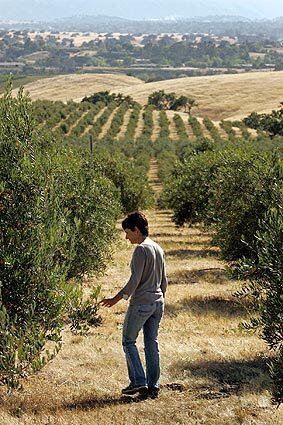
Antoinette Addison examines a tree in her orchard. She and her husband struggle to break even. (Al Seib / Los Angeles Times)







